- The First Steps: Planting Maiden Grapes in your Garden
- 1. Choosing the Right Variety
- 2. Preparing the Soil
- 3. Planting the Grapes
- 4. Providing Support
- 5. Watering and Mulching
- 6. Pruning
- Choosing the Right Location and Soil Conditions
- 1. Sunlight
- 2. Soil Type
- 3. Soil Moisture
- 4. Soil Fertility
- 5. Air Circulation
- 6. Avoiding Frost pockets
- Preparing the Planting Site
- Maintenance and Care: Taking Care of your Maiden Grapes
- Watering
- Pruning
- Fertilization
- Pest and Disease Control
- Support and Training
- Harvesting
- Watering and Fertilizing
- Watering
- Fertilizing
- Pruning and Training Techniques
- 1. Pruning Schedule
- 2. Pruning Methods
- 3. Training Techniques
- 4. Maintenance
- Pest and Disease Control
- Pest Control
- Disease Control
- Exploring the Types and Varieties of Maiden Grapes
- 1. Black Corinth
- 2. Muscat
- 3. Red Flame
- 4. Thompson Seedless
- 5. Concord
- Questions and Answers:
- How do I plant maiden grapes in my garden?
- What are the different types of maiden grapes?
- What are some popular varieties of maiden grapes?
- How often should I water my maiden grapes?
- Can I grow maiden grapes in containers?
- Videos: ESSENTIAL Grape Vine Growing Tips – That Really WORK

Growing grapes in your garden can be a rewarding and enjoyable experience. One variety of grapes that you might consider planting is the maiden grapes. These grapes are named for their delicate and beautiful appearance, resembling a maiden’s delicate fingers.
When it comes to planting and caring for maiden grapes, there are a few important things to keep in mind. First and foremost, it is essential to choose a suitable location for your grapevines. Grapes require at least six hours of direct sunlight each day, so choose a spot that gets plenty of sun. Additionally, they prefer well-drained soil with a pH level between 5.5 and 7.0.
Once you have selected the perfect location, prepare the soil by removing any weeds or grass and loosening it with a garden fork or tiller. Dig a hole that is twice as wide and deep as the root ball of the vine. Place the plant in the hole, making sure that the graft union is above the soil line. Fill the hole with soil and gently tamp it down.
Maiden grapes come in a variety of types and varieties, each with its own unique characteristics and flavors. Some popular types of maiden grapes include Chardonnay, Riesling, and Cabernet Sauvignon. Each of these grapes has a distinct flavor profile, ranging from crisp and fruity to bold and rich. Whether you prefer a white or a red wine, there is a maiden grape variety to suit your taste.
In conclusion, planting and caring for maiden grapes can be a fulfilling and enjoyable addition to your garden. By selecting the right location, preparing the soil correctly, and choosing the right variety, you can grow your own grapes and enjoy the fruits of your labor. So why not give it a try and add some maiden grapes to your garden today?+
The First Steps: Planting Maiden Grapes in your Garden
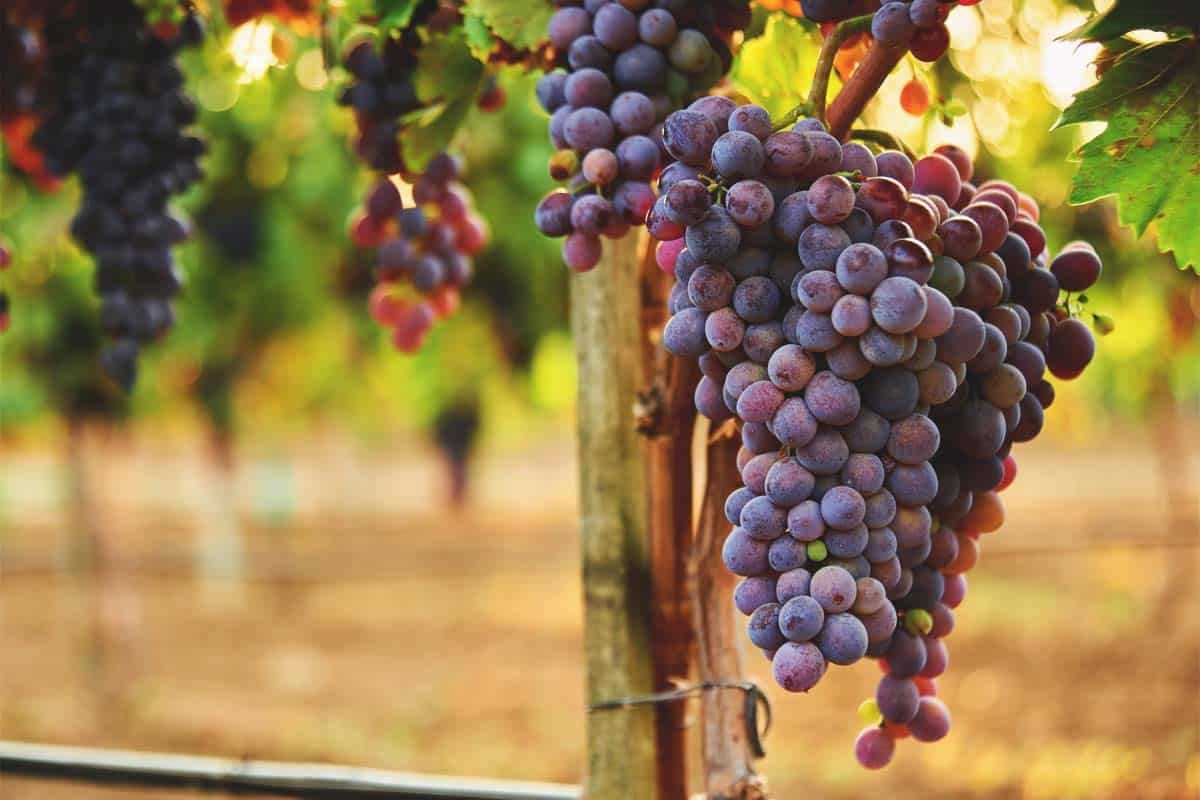

Planting maiden grapes in your garden is an exciting process that requires some careful planning and preparation. By following these steps, you can ensure that your maiden grapes will thrive and produce delicious fruit for years to come.
1. Choosing the Right Variety
Before you start planting, it’s important to choose a grape variety that is suitable for your climate and growing conditions. Consider factors such as temperature, soil type, and sunlight exposure when selecting a variety. Some popular varieties include Chardonnay, Merlot, and Cabernet Sauvignon.
2. Preparing the Soil
Maiden grapes require well-drained soil with a pH level between 6.0 and 6.5. Begin by clearing the area of any weeds or debris and loosening the soil using a garden fork or tiller. If your soil is heavy clay, add organic matter such as compost or well-rotted manure to improve drainage.
3. Planting the Grapes
Dig a hole that is deep and wide enough to accommodate the grape’s root system. Place the grape vine in the hole, making sure that the bud union (the swollen area where the grapevine was grafted onto the rootstock) is approximately 2 inches above the soil level. Backfill the hole with soil and tamp it down gently to remove any air pockets.
4. Providing Support
Maiden grapes will need some form of support as they grow. Install a trellis, fence, or other support structure near the grape vine to ensure that it has something to climb onto. Train the grapevine to grow along the support system by tying it with soft plant ties.
5. Watering and Mulching
After planting, water the grape vine thoroughly to settle the soil around the roots. Keep the soil consistently moist, especially during the first year of growth. Apply a layer of mulch, such as straw or wood chips, around the base of the vine to help retain moisture and suppress weed growth.
6. Pruning
Pruning is essential for maintaining the health and productivity of maiden grapes. In the first year, remove any weak or damaged canes, leaving only the strongest ones. As the vine grows, prune it to shape and remove any excess foliage or dead wood. Consult a pruning guide or seek advice from a local gardening expert for specific pruning techniques.
By following these steps and providing proper care, you can successfully plant maiden grapes in your garden and look forward to enjoying a bountiful harvest in the future.
Choosing the Right Location and Soil Conditions
Choosing the right location and providing suitable soil conditions are crucial for the successful growth of maiden grapes in your garden. Here are some important factors to consider:
1. Sunlight
Maiden grapes require full sunlight to thrive and produce healthy fruit. Choose a location in your garden that receives at least 6-8 hours of direct sunlight every day. Avoid planting them in areas with too much shade, as it can result in poor growth and reduced fruit production.
2. Soil Type
Maiden grapes prefer well-draining soil with a pH level between 5.5 and 7.5. Sandy loam or loamy soil is ideal for their growth. Avoid heavy clay soils, as they can retain too much moisture and lead to root rot. If your soil is clayey, you can improve its drainage by adding organic matter such as compost or well-rotted manure.
3. Soil Moisture
Maiden grapes prefer soil that is moist but not waterlogged. Adequate drainage is essential to prevent root rot and other diseases. Ensure that the planting area has good drainage or consider creating raised beds to improve drainage. Avoid planting maiden grapes in low-lying areas that tend to accumulate excess water.
4. Soil Fertility
To ensure healthy growth and fruit production, maiden grapes require fertile soil. Prior to planting, enrich the soil with compost or well-rotted manure to improve its nutrient content. Additionally, you can perform a soil test to determine the nutrient levels and adjust accordingly by adding the necessary fertilizers.
5. Air Circulation
Adequate air circulation is important to prevent the spread of diseases and promote the drying of foliage, reducing the risk of fungal infections. Avoid planting maiden grapes in areas with poor air circulation, such as confined spaces or densely planted gardens.
6. Avoiding Frost pockets
Maiden grapes are susceptible to frost damage, especially during the early stages of growth. Avoid planting them in low-lying areas or frost pockets, where cold air tends to accumulate. Choose a location with good air drainage and protection from frost to minimize the risk of damage.
By considering these factors and selecting an appropriate location with suitable soil conditions, you can create an ideal environment for the successful growth of maiden grapes in your garden.
Preparing the Planting Site
Before planting maiden grapes in your garden, it is important to prepare the planting site properly. Here are the steps to follow:
- Choose the Right Location: Select a sunny location with well-drained soil for planting maiden grapes. Grapes require at least 6-8 hours of direct sunlight daily to thrive.
- Soil Preparation: Test the soil pH and make sure it falls within the range of 5.5 to 7.0, which is optimal for grape cultivation. If the soil pH is too high or low, amend it accordingly using lime or sulfur.
- Clear the Area: Remove any weeds, rocks, or debris from the planting site. It is important to have a clean area for planting, as weeds can compete with maiden grapes for nutrients and water.
- Amend the Soil: If the soil is heavy clay or compacted, add organic matter such as compost or well-rotted manure to improve its structure and drainage.
- Space the Plants: Ensure proper spacing between maiden grape plants. The exact spacing will depend on the specific variety and type of grapes you are planting. Generally, allow 6-10 feet between vines and 8-12 feet between rows.
- Install Support Structures: Grapes are climbing plants that require support. Install trellises, fences, or other support structures before planting the maiden grapes to provide ample support as they grow.
- Watering System: Consider installing an irrigation system or a drip watering system to ensure consistent moisture for the maiden grapes. Grapes require regular watering, especially during dry periods.
By following these steps and properly preparing the planting site, you will create an ideal environment for the maiden grape plants to grow and thrive in your garden.
Maintenance and Care: Taking Care of your Maiden Grapes
Growing and maintaining maiden grapes requires regular care and attention. By following a few guidelines, you can ensure the health and productivity of your plants.
Watering
Maiden grapes require regular watering, especially during dry spells or hot summer months. They need deep watering to encourage root growth. Water the plants slowly and deeply, allowing the water to penetrate the soil and reach the roots. Avoid overwatering, as it can lead to root rot and other problems.
Pruning
Regular pruning is essential to keep maiden grapes healthy and productive. Prune the vines during the dormant season, typically in late winter or early spring. Remove any dead or diseased wood, as well as crossing branches or those growing too close to each other. Pruning helps improve airflow and sunlight penetration, reducing the risk of diseases and ensuring better fruit production.
Fertilization
Provide regular fertilization to maiden grapes to maintain their vigor and productivity. Use a balanced fertilizer with a higher potassium content to promote fruit development. Apply the fertilizer according to the manufacturer’s instructions, usually in early spring or just before the growing season begins.
Pest and Disease Control
Monitor your maiden grapes regularly for pests and diseases. Common pests include aphids, mealybugs, and spider mites. Use organic or chemical insecticides as necessary to control these pests. Diseases that might affect maiden grapes include powdery mildew and black rot. Apply fungicides or take preventive measures to protect your plants.
Support and Training
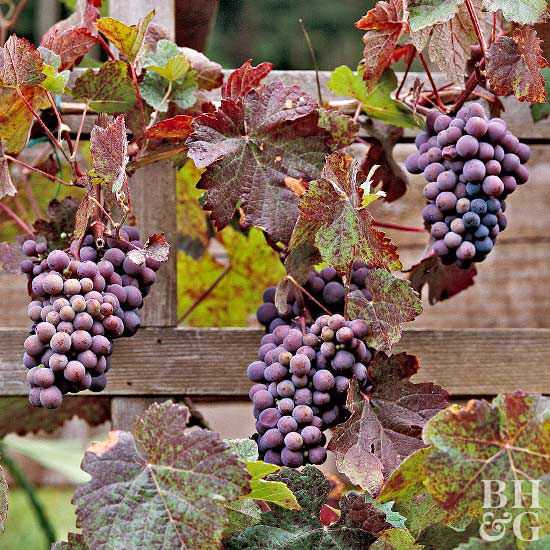

Maiden grapes require support to grow and produce fruit effectively. Install trellises or stakes to provide support for the vines. Train the vines to grow along the support structure, ensuring proper spacing and airflow. Regularly check the ties or wires holding the vines to adjust and maintain the desired shape and direction of growth.
Harvesting
Once the grapes have reached their full ripeness, it’s time to harvest them. Grapes should be plump, juicy, and have their full color. Harvest the grapes carefully, cutting the clusters from the vine to avoid damaging the plant. Enjoy your freshly harvested grapes or consider using them for making wine or preserves.
By following these care guidelines, you can enjoy a bountiful harvest of maiden grapes year after year.
Watering and Fertilizing
Proper watering and fertilizing techniques are essential for the growth and health of your maiden grape plants. Here are some guidelines to follow:
Watering
1. Maiden grapes need regular watering, especially during their first year of growth. The soil should be kept consistently moist, but not waterlogged. Overwatering can lead to root rot, while underwatering can cause the plant to dry out and stunt its growth.
2. Water the plants deeply, ensuring that the water reaches the roots. Avoid overhead watering, as this can promote the development of fungal diseases.
3. During periods of dry weather, increase the frequency of watering to prevent the soil from drying out. Check the moisture level by inserting your finger into the soil. If it feels dry up to your first knuckle, it’s time to water.
Fertilizing
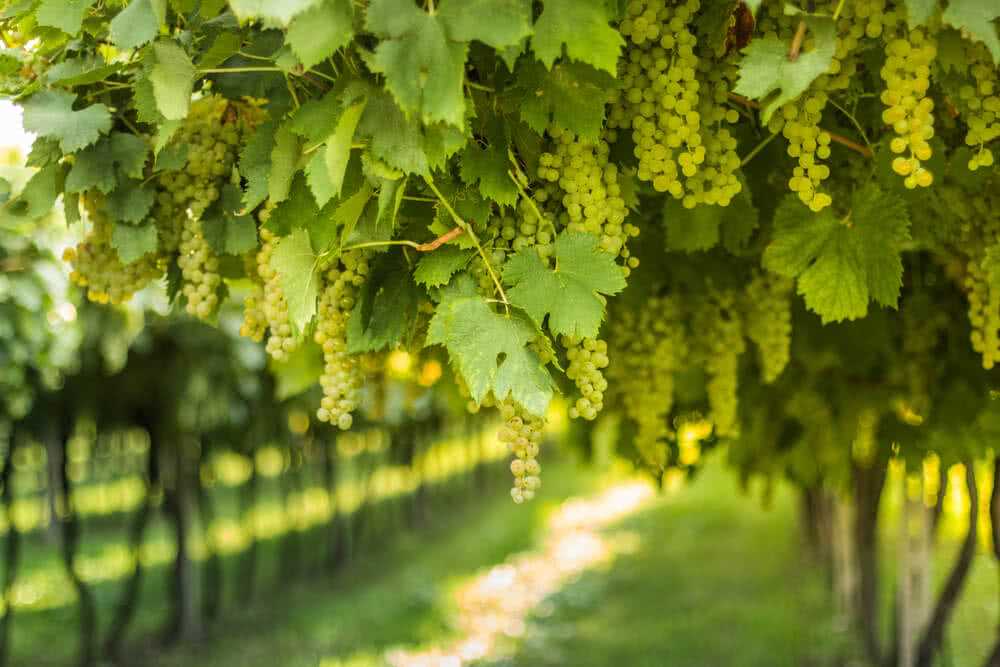

1. Maiden grapes benefit from regular fertilization to provide them with essential nutrients. Use a balanced fertilizer with equal proportions of nitrogen (N), phosphorus (P), and potassium (K).
2. Apply fertilizer in early spring, just before the growing season begins. Follow the instructions on the fertilizer packaging for the appropriate application rates.
3. To prevent excessive vegetative growth and promote fruit production, reduce nitrogen fertilizer amounts as the plants mature.
4. Avoid overfertilizing, as this can lead to excessive vine growth without fruit production. Balanced nutrition is key to maintaining healthy maiden grape plants.
5. Additionally, adding organic matter such as compost to the soil can provide long-term nutrients and improve soil structure.
| Fertilizer | Nitrogen (N) | Phosphorus (P) | Potassium (K) |
|---|---|---|---|
| 10-10-10 | 10% | 10% | 10% |
| 14-14-14 | 14% | 14% | 14% |
| 20-20-20 | 20% | 20% | 20% |
By following proper watering and fertilizing practices, you can ensure the healthy growth and development of your maiden grape plants, leading to a bountiful harvest of delicious grapes.
Pruning and Training Techniques
Proper pruning and training techniques are essential for maintaining the health and productivity of maiden grape plants. Here are some important tips:
1. Pruning Schedule
- Pruning should be done in late winter or early spring before the buds begin to swell.
- Remove any dead or damaged wood, as well as weak and overcrowded branches.
- Prune back the main stem to control the height and promote lateral branching.
2. Pruning Methods
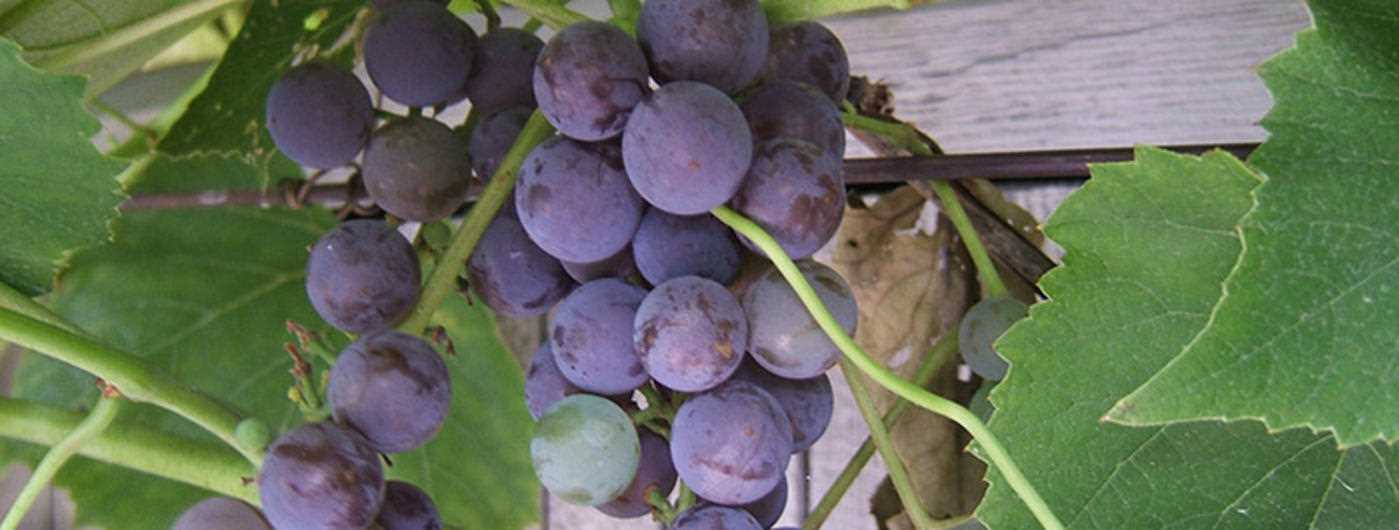

There are different pruning methods used for maiden grape plants:
- Spur pruning: This method involves cutting the canes back to 2-4 buds, leaving short spurs that will produce fruiting wood.
- Cane pruning: With this method, select 1-2 healthy canes and remove the rest. These canes will be trained along a trellis or support wire.
- Renewal pruning: This technique is used for older grape plants that need rejuvenation. Remove all the old wood, leaving only new healthy canes.
3. Training Techniques
Training your maiden grape plants involves guiding and supporting their growth:
- Trellis system: Install a trellis or support wire where the grape plants can be trained. As the plants grow, secure the main stem and selected canes to the trellis using plant ties or twist ties.
- Pruning for structure: Regularly prune to maintain a balanced and open structure, allowing sunlight to reach all parts of the plant. This will help prevent diseases and promote better fruit development.
- Pruning for fruit production: Prune to control the number of buds and grape clusters, ensuring that the plant can support the weight of the fruit and allow proper air circulation.
4. Maintenance
After pruning and training, it’s important to continue regular maintenance:
- Remove suckers: Suckers are shoots that emerge from the base of the plant or from the roots. These should be promptly removed to prevent them from diverting energy from the main plant.
- Monitor and control pests and diseases: Regularly inspect your grape plants for signs of pests or diseases, and take appropriate action to prevent or manage them.
- Provide adequate water and nutrients: Ensure that your maiden grape plants receive enough water and nutrients to support their growth and fruit production.
Pest and Disease Control
Pest Control
- Aphids: One of the common pests that affect grapevines is aphids. To control aphids, you can use insecticidal soap or neem oil spray. It’s important to spray the vines thoroughly to kill the aphids and prevent them from spreading.
- Mites: Mites can also be a problem for grapevines. To control mites, you can spray the vines with a miticide. Be sure to read and follow the instructions on the product label for best results.
- Japanese Beetles: These beetles can cause significant damage to grapevine foliage. To control Japanese beetles, you can manually remove them from the plants or use insecticides labeled for beetle control. Be sure to check with your local extension office for the best products to use in your area.
Disease Control
- Powdery Mildew: This is a common disease that affects grapevines. To control powdery mildew, you can use fungicides labeled for grapevine use. Additionally, you can prune the vines to increase airflow and reduce humidity, which can help prevent the spread of the disease.
- Downy Mildew: Downy mildew is another fungal disease that can affect grapevines. To control downy mildew, you can use fungicides specifically formulated for this disease. It’s important to follow the application instructions and timing suggested on the product label.
- Black Rot: Black rot is a fungal disease that affects grapevines. To control black rot, you can prune infected plant parts and remove them from the garden. Additionally, you can use fungicides labeled for grapevine use to help prevent the spread of the disease.
Regularly monitoring your grapevines for pests and diseases and taking appropriate action will help ensure the health and vitality of your plants. Remember to always read and follow the instructions on pesticide and fungicide labels for best results and to protect the environment.
Exploring the Types and Varieties of Maiden Grapes
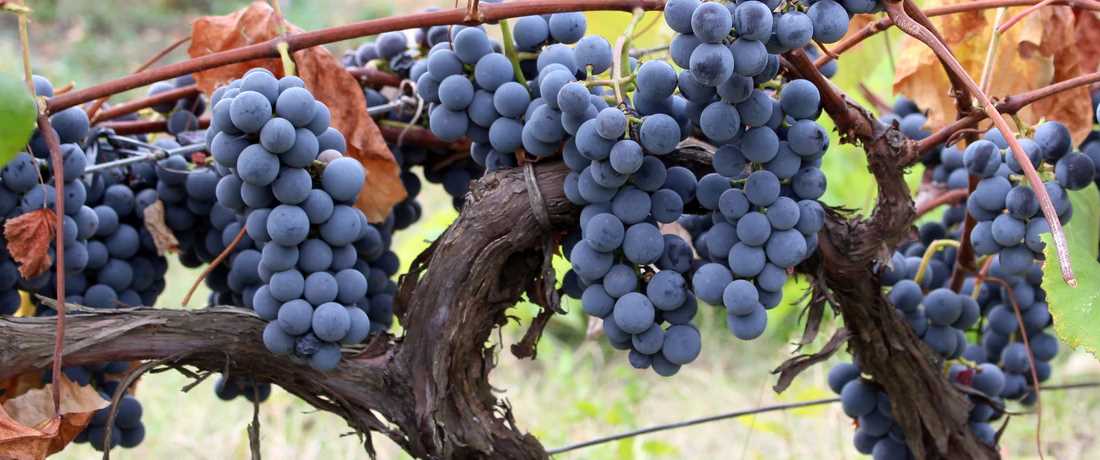

There are several types and varieties of maiden grapes that can be grown in a garden. Each type has its own unique characteristics and flavors, making them suitable for different purposes. Here are some popular types and varieties to consider:
1. Black Corinth
The Black Corinth grape, also known as Zante currants, is a small and seedless variety. It is commonly used for making dried currants. The grapes are sweet and tart, with a deep purple color.
2. Muscat
Muscat grapes are known for their strong and distinctive aroma. This variety is often used for making white wines, as well as for eating fresh. Muscat grapes can vary in color, ranging from pale yellow to deep purple.
3. Red Flame
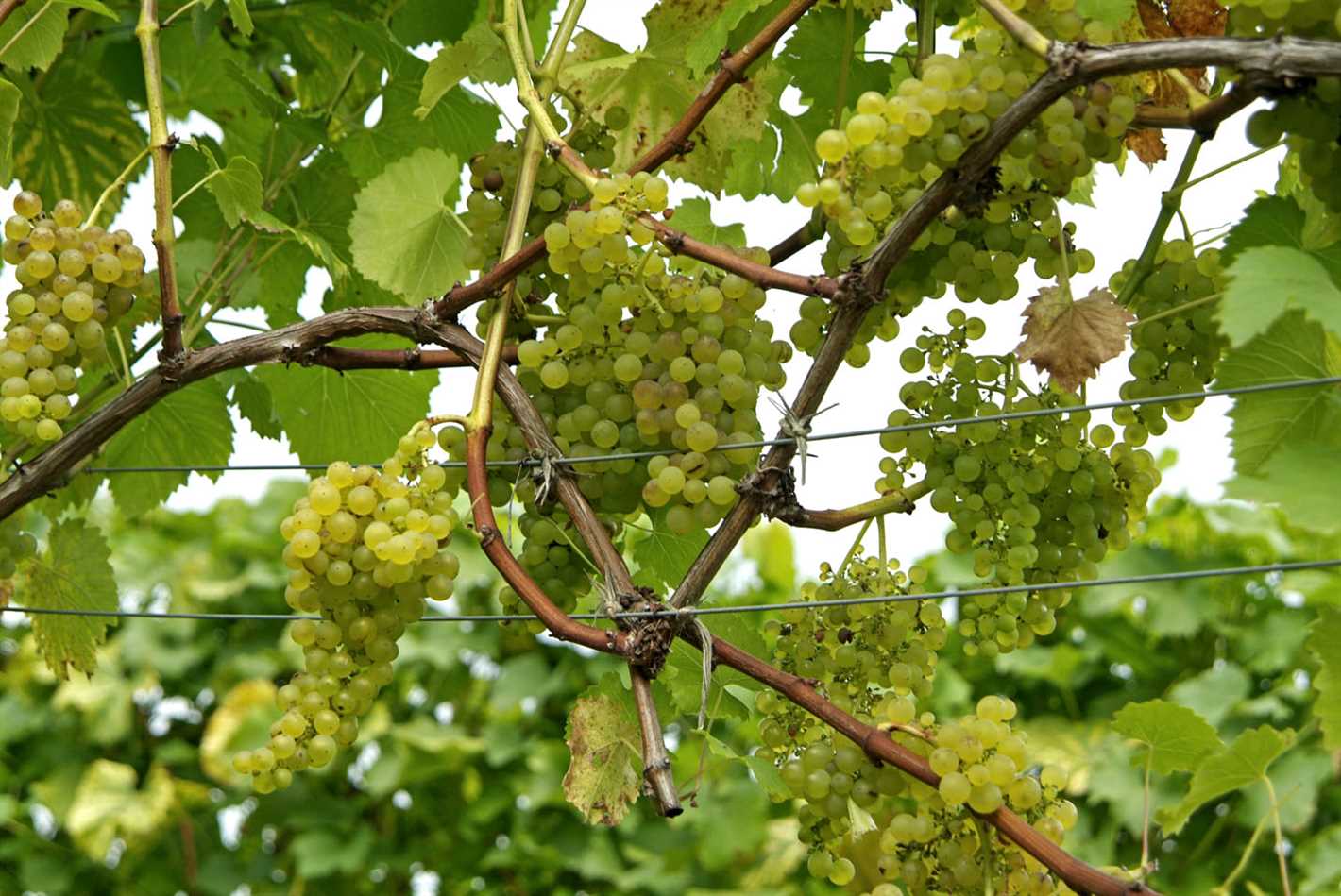

The Red Flame grape is a popular variety for eating fresh. It has a sweet and juicy flavor, with a crisp texture. The grapes are large and round, with a bright red color.
4. Thompson Seedless
The Thompson Seedless grape is a popular variety for making raisins. It is seedless and has a mild and sweet flavor. The grapes are small and green, turning golden when ripe.
5. Concord
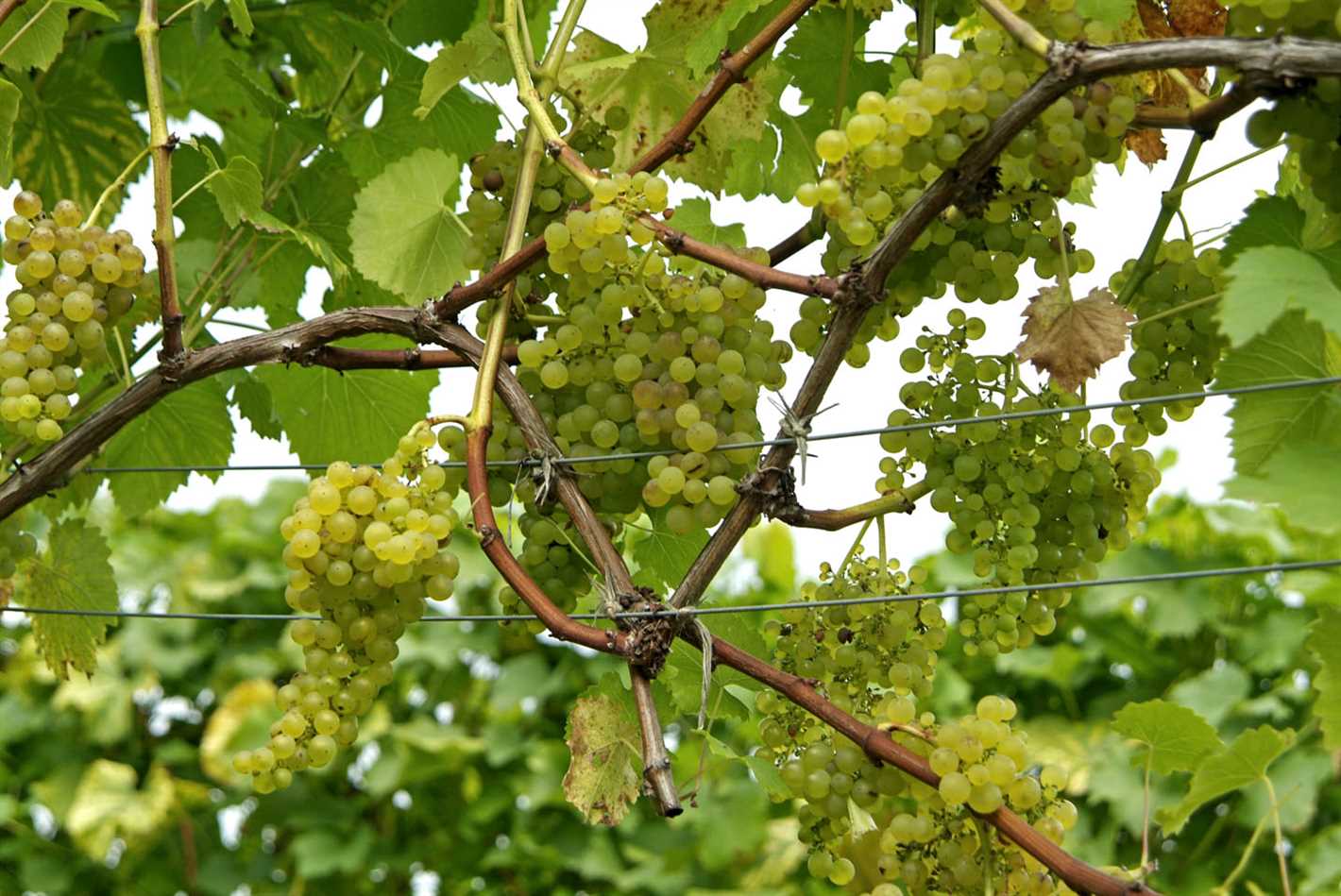

The Concord grape is known for its strong and distinct flavor. It is commonly used for making grape juice, jellies, and jams. The grapes are deep purple and have a slightly tart taste.
These are just a few examples of the types and varieties of maiden grapes that you can explore in your garden. Whether you are looking to make wine, enjoy fresh grapes, or make homemade preserves, there is a variety out there that will suit your needs.
Questions and Answers:
How do I plant maiden grapes in my garden?
To plant maiden grapes in your garden, start by choosing a sunny location with well-drained soil. Dig a hole twice the size of the root ball and place the plant in the hole, making sure the roots are spread out. Backfill the hole with soil, firming it gently around the plant. Water the plant thoroughly after planting and provide regular watering throughout the growing season.
What are the different types of maiden grapes?
There are several different types of maiden grapes, including Riesling, Chardonnay, Sauvignon Blanc, and Gewürztraminer. Each type has its own unique flavor profile and characteristics, making them suitable for different purposes such as wine making or eating fresh.
What are some popular varieties of maiden grapes?
Some popular varieties of maiden grapes include Thompson Seedless, Red Globe, Concord, and Black Muscat. Thompson Seedless is known for its sweet, seedless grapes, while Red Globe is a large, red grape variety often used for table grapes. Concord grapes are used primarily for making jelly and juice, and Black Muscat grapes are prized for their intense flavor and aroma.
How often should I water my maiden grapes?
Maiden grapes should be watered regularly, especially during dry periods. As a general rule, they require about 1 inch of water per week. However, the exact watering needs may vary depending on factors such as the climate, soil type, and stage of growth. It’s important to monitor the soil moisture and adjust the watering accordingly.
Can I grow maiden grapes in containers?
Yes, it is possible to grow maiden grapes in containers. Choose a large container with good drainage and fill it with a well-draining potting mix. Place the container in a sunny location and provide regular watering and fertilization. However, keep in mind that growing grapes in containers can be more challenging than in the ground, as they require extra attention to watering and feeding.







